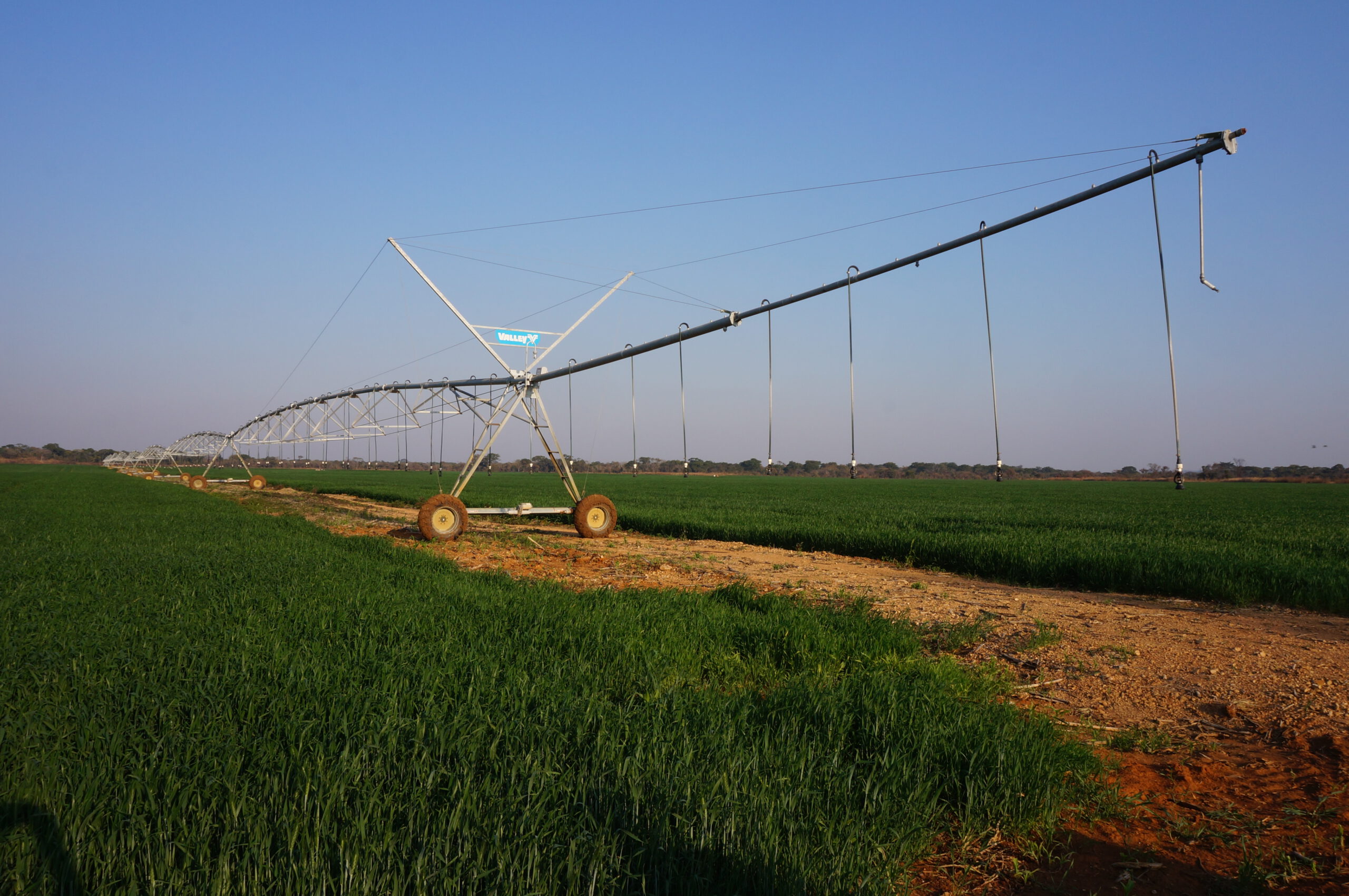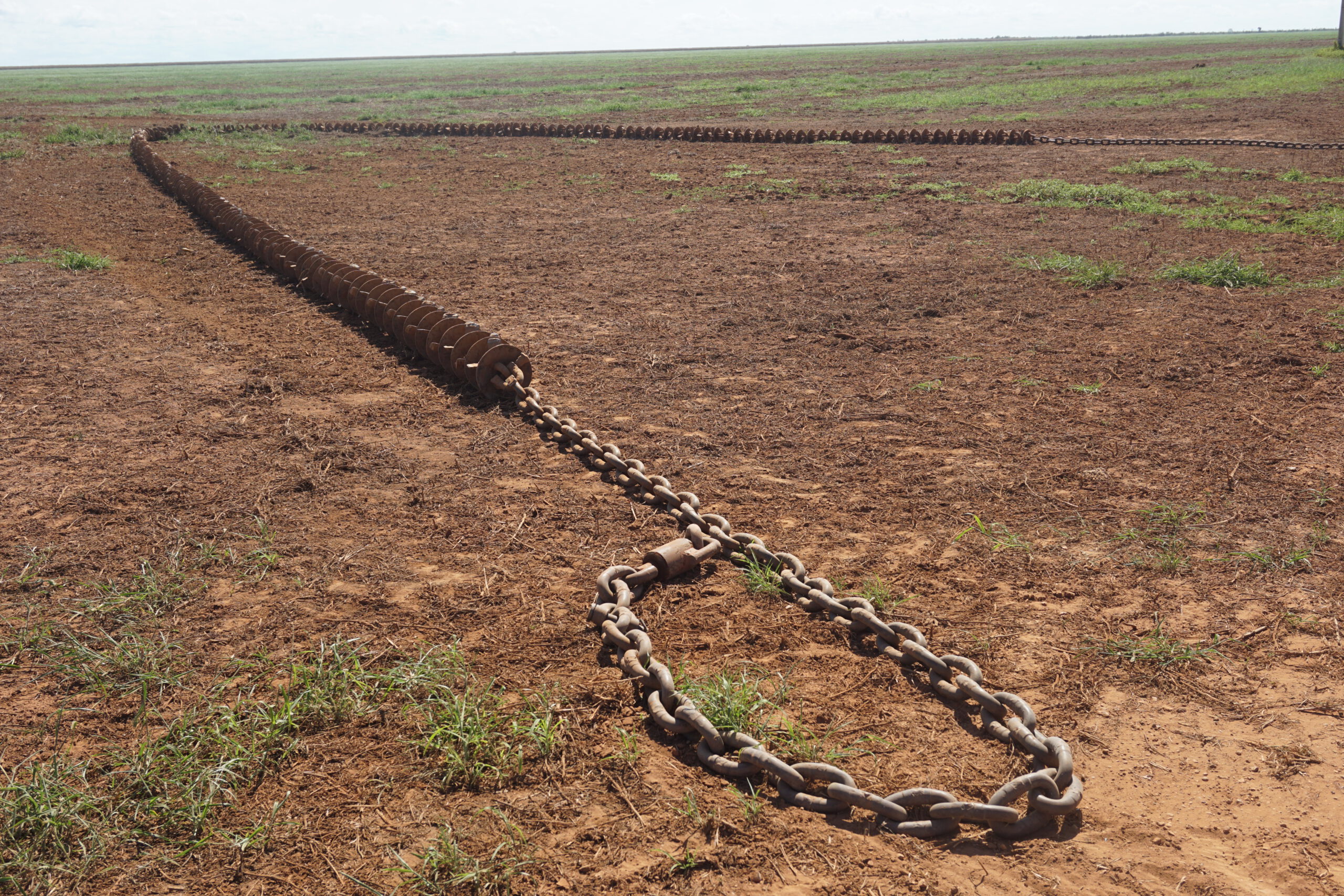Emerging perspectives
How others follow the money
In this space, guest contributions are published. A particular focus will be put on emerging perspectives in a fast-changing field, where sometimes assumptions and statements made in the past hold no longer true in the present; where just another crisis or government regulation has crashed the dreams of investors; where suddenly AG tech and not farmland is heralded as the most promising new “asset class”, or where methodological advances now suddenly allow us to account in more granular ways about trends and investment footprints in the ‘AG space’. It is also a chance for scholars to revisit their own (past) research in light of recent advances in debates and research findings. We will offer fellow researchers exposure on the platform, as well as graphic design services in case you would like to contribute figures or photos.
The contributions can also be found in the “Emerging perspectives” section in “Frictions“, as well as in “Aotearoa New Zealand” and in “Tanzania“. Submissions are ordered chronologically.
January 21, 2023: Follow the Money – Catching up with time
 Irrigation of a centre pivot. Owing to a lack of water in the dams in July 2017, water to irrigate this field came from underground water – of which the use is restricted. Source: Tijo Salverda 2017.
Irrigation of a centre pivot. Owing to a lack of water in the dams in July 2017, water to irrigate this field came from underground water – of which the use is restricted. Source: Tijo Salverda 2017. Revisiting an agri-investment in Zambia, anthropologist Tijo Salverda reflects on a widely neglected dimension in studies of the finance-driven land rush: the dimension of time. What happens to investment cases over long periods of time? How do investment
trajectories compare with the promises made to local communities, original investors, and the larger public in early project stages? How do asset managers and operators themselves reflect upon this? Read more…
December 12, 2022: Follow the Money – The Case of Brazilian Agri-investments
 The chain in the photo is used for the deforestation of Cerrado vegetation. Farm operators put a tractor on each end and run the chain above the vegetation. Source: Frederico 2017.
The chain in the photo is used for the deforestation of Cerrado vegetation. Farm operators put a tractor on each end and run the chain above the vegetation. Source: Frederico 2017. Brazil has been a popular destination for institutional investments in agribusiness (and the underlying land), even though national regulation prohibits foreigners to own large tracts of land. Samuel Frederico is a geographer at São Paulo State University, Brazil. He will open our Guest Writer Series, by
discussing the challenge of ‘following the money’ in such an environment. In particular, he discusses the legal complexity of networks of delegation, intermediary constellations, and the concrete channels through which foreign investors acquire Brazilian agribusiness companies. Read more…